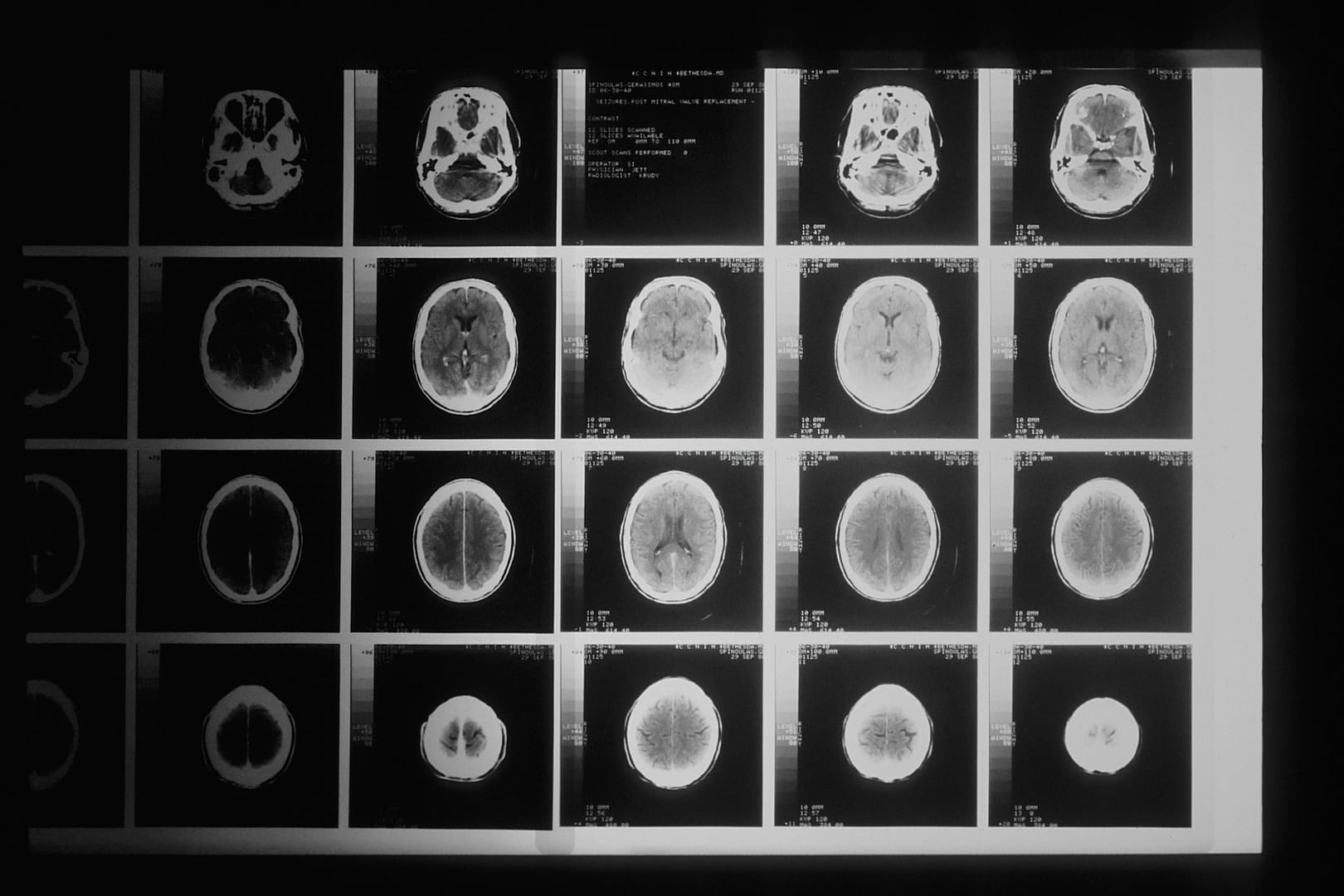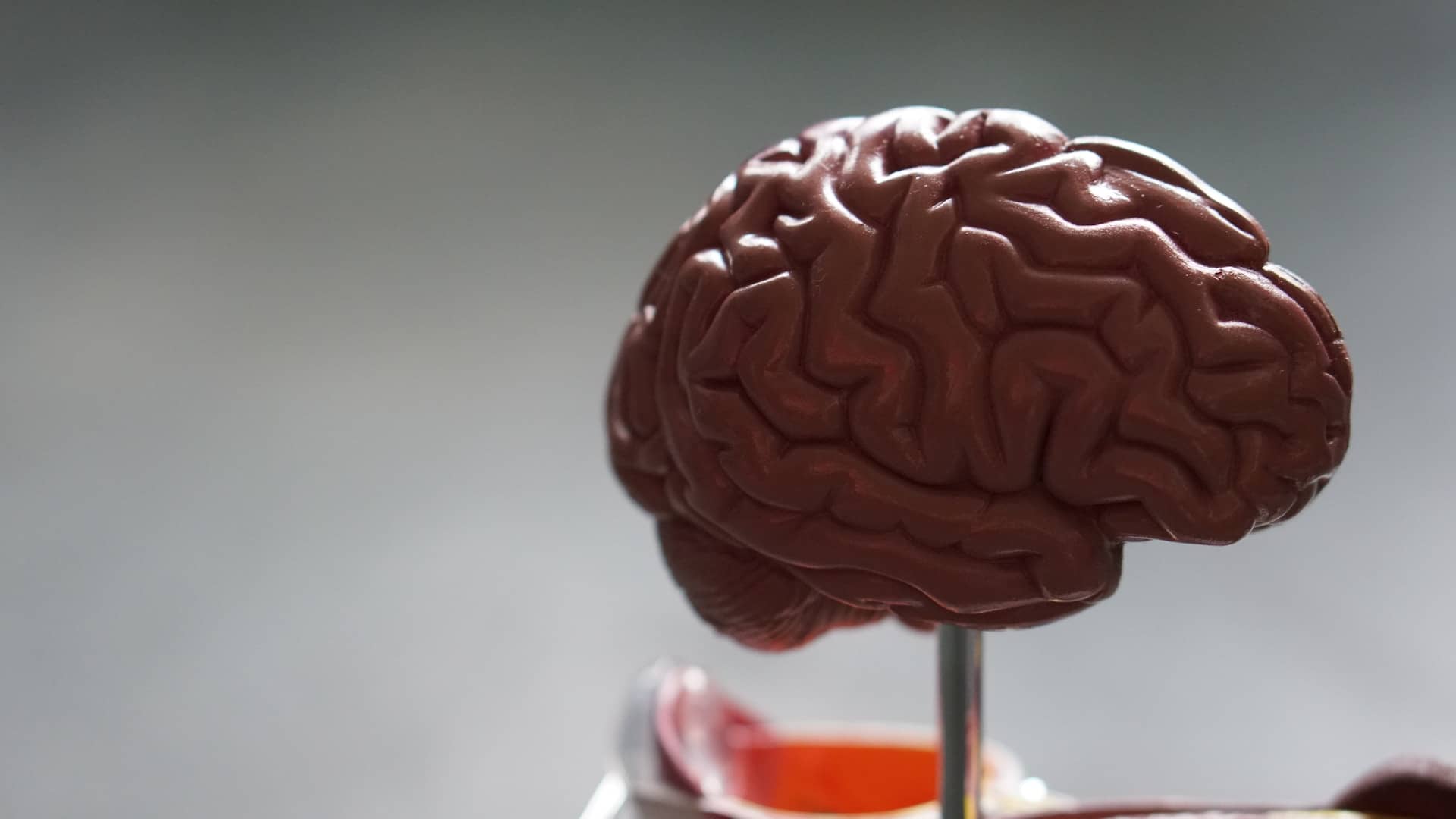Stem Cell Therapy in Brain Injury Recovery: Imagine a future where the devastating impact of brain injuries could be significantly alleviated, or even reversed, thanks to cutting-edge medical treatments. One promising avenue in the realm of brain injury recovery is Stem Cell Therapy. This revolutionary approach holds the potential to transform the lives of countless individuals who have suffered brain injuries. In this article, we will delve into the world of stem cell therapy, exploring how it works, what the recovery process entails, and its potential impact on brain injury patients’ lives.
The Healing Power of Stem Cells
Before we embark on our journey through the realm of stem cell therapy, let’s grasp the fundamental concept of stem cells. Stem cells are remarkable, versatile cells that have the unique ability to develop into various types of cells within the human body. They serve as the body’s natural repair and regeneration system.
Stem cells can be found in various parts of the body, such as bone marrow, fat tissue, and even embryonic tissue. The beauty of stem cells is that they can transform into specialised cells with specific functions, which is the key to their therapeutic potential.
Can Stem Cells Heal Brain Injury?
One of the most intriguing areas of stem cell research is their application in brain injury recovery. Brain injuries can result from various causes, including accidents, strokes, or neurodegenerative diseases. The brain’s limited regenerative capacity has always posed a significant challenge in treating such injuries. However, stem cell therapy offers a glimmer of hope.
Stem cells have the remarkable ability to replace damaged or dead brain cells, which is vital in brain injury recovery. They can differentiate into neurons, astrocytes, and oligodendrocytes, all essential components of the brain. This regeneration potential is why scientists are exploring the use of stem cell therapy to aid in the recovery process.
The Journey of Stem Cell Therapy
The Procedure
The journey of stem cell therapy begins with a careful evaluation of the patient’s condition. The patient’s medical history, the type and extent of the brain injury, and their overall health are all taken into account. Once deemed suitable, the patient can proceed with the therapy.
The stem cell therapy procedure involves the extraction of stem cells from a suitable source, such as bone marrow or adipose tissue (fat). These stem cells are then processed and prepared for transplantation.
Transplantation
The next step in the procedure is the transplantation of the prepared stem cells into the patient’s brain. This is often done through minimally invasive procedures, which can significantly reduce the risks associated with brain surgery. The transplantation is carefully guided by imaging techniques to ensure precision.
Recovery Process
Now, let’s dive into what the recovery process is like after a stem cell procedure for brain injury. Keep in mind that the recovery experience may vary from one patient to another, but there are some common threads.
Immediate Post-Procedure
In the immediate post-procedure phase, patients may experience some discomfort, such as headaches or mild pain at the transplantation site. These symptoms are generally manageable and subside within a few days. The medical team closely monitors the patient during this critical period to ensure that there are no complications.
The Healing Begins
The real magic happens in the weeks and months following the procedure. As the transplanted stem cells integrate into the damaged brain tissue, the process of healing and regeneration commences. This can lead to improvements in various aspects of brain function, including cognitive abilities, motor skills, and overall quality of life.
Rehabilitation and Support
Rehabilitation is a crucial part of the recovery process. Patients may work with a team of healthcare professionals, including physical therapists, occupational therapists, and speech therapists, depending on their specific needs. This support helps patients regain their independence and optimise the benefits of the stem cell therapy.
The Promising Outlook
Ongoing Research
Stem cell therapy in brain injury recovery is a field that continues to evolve. Ongoing research is uncovering new possibilities and refining existing techniques. Scientists are exploring the use of different types of stem cells and combining therapies to maximise the healing potential. This dedication to research and development is driving the field forward, bringing hope to those who have suffered brain injuries.
The Importance of Early Intervention
While stem cell therapy holds immense promise, it’s essential to emphasise the importance of early intervention. The sooner the therapy can be administered after a brain injury, the more effective it is likely to be. The brain’s regenerative capacity is at its peak in the early stages of recovery, making it a critical window of opportunity for treatment.
The Ethical and Regulatory Considerations
As we delve deeper into the potential of stem cell therapy, it’s important to address the ethical and regulatory considerations that surround this field. Stem cell therapy, like any cutting-edge medical treatment, comes with its own set of challenges and questions.
Ethical Concerns
One of the primary ethical concerns in stem cell therapy is the source of the stem cells. Embryonic stem cells, which are derived from human embryos, have raised ethical questions due to the need for embryo destruction. This has led to significant debate and restrictions in some regions.
To address these ethical concerns, researchers have been focusing on alternative sources of stem cells, such as adult stem cells and induced pluripotent stem cells (iPSCs). These sources offer the potential to sidestep the ethical dilemmas associated with embryonic stem cells.
Regulatory Oversight
Regulatory oversight is another crucial aspect of stem cell therapy. To ensure patient safety and the effectiveness of treatments, many countries have established strict regulations and guidelines for the use of stem cells in medical procedures. These regulations encompass the sourcing of stem cells, the transplantation process, and patient care.
The regulatory landscape is continually evolving as research advances and new therapies emerge. Patients considering stem cell therapy should be aware of the regulations in their region and seek treatment from reputable and regulated medical facilities.
Making a Serious Injury Claim with National Claims
Here at National Claims, we understand that the journey to recovery after a serious brain injury can be long and challenging. We are committed to helping individuals who have suffered brain injuries due to accidents or other circumstances navigate the legal aspects of their situation. If you or a loved one is facing the aftermath of a brain injury, our experienced team is here to assist you in the claims process.
Our dedicated professionals will work with you to gather all the necessary information and build a strong case. We know that every brain injury is unique, and we treat each case with the utmost care and attention. National Claims is not just an advocate for your legal rights; we are your partner in your journey toward recovery.

Conclusion
In the ever-evolving landscape of medical science, stem cell therapy stands out as a beacon of hope for those affected by brain injuries. While the road to recovery is far from easy, it is paved with the potential for significant improvements in the lives of patients.
However, it is crucial to remain mindful of the ethical and regulatory considerations that surround stem cell therapy. As research continues and therapies develop, maintaining a commitment to the highest ethical standards and patient safety is paramount.
At National Claims, we recognise the challenges that come with brain injuries and are here to assist individuals in making serious injury claims. We are dedicated to providing the support and guidance needed to navigate the legal aspects of your situation. In the quest for recovery, we are your partners, working to ensure that your rights are upheld and your future is filled with hope.
Contact us to get a start on your claim for your serious injury today.
Click below to see why we are one of the most trusted claims management companies in the UK.

We’re proud of our excellent customer reviews
We thrive on delivering exceptional service and ensuring our clients’ satisfaction. Don’t just take our word for it. Check out some of our independent reviews to see what our clients have to say.
Excellent

This firm is excellent, they sorted out my car pay out and injury claim very fast, they always communicate with you all the time.

My accident case was dealt with confidence and with great result of the outcome, especially James kept me informed all the time.

I was very impressed at the way my inquiry was treated. I was listened to attentively and everything I needed to know was explained to me.






